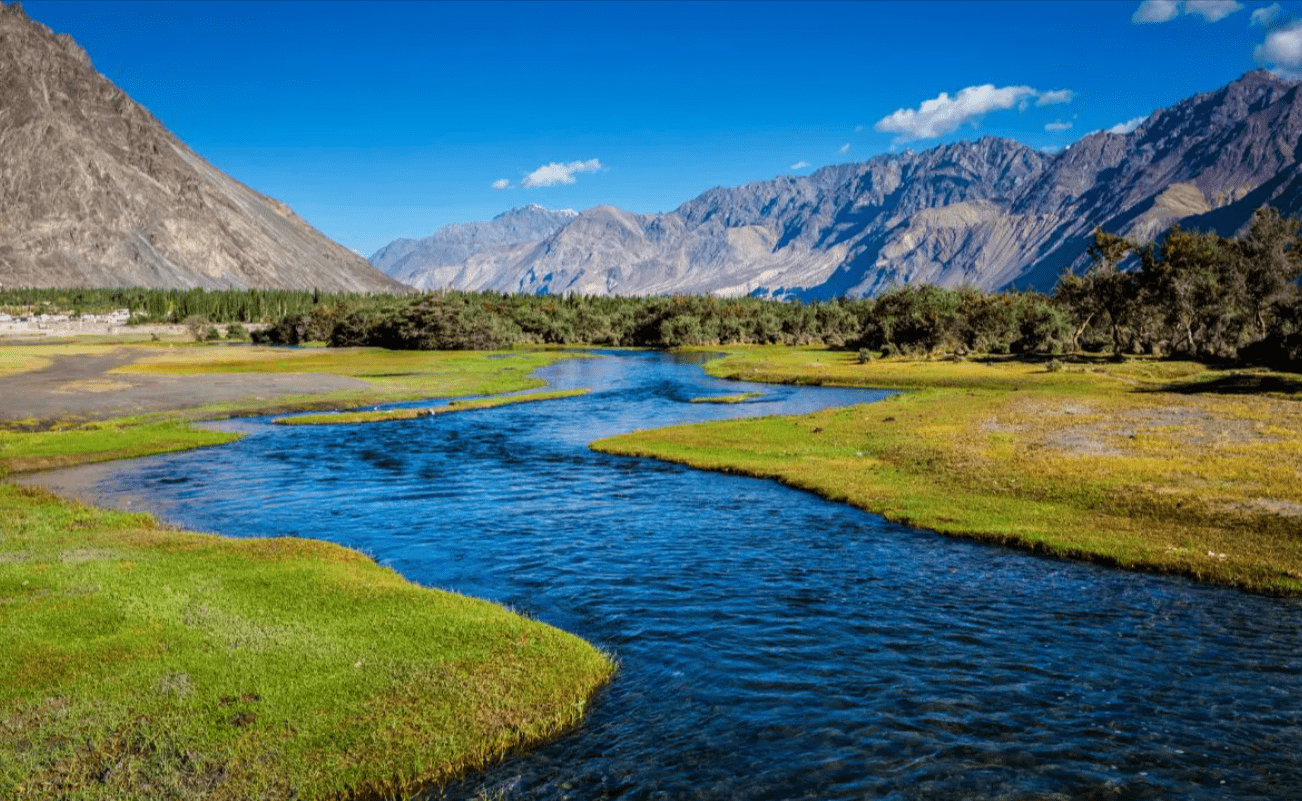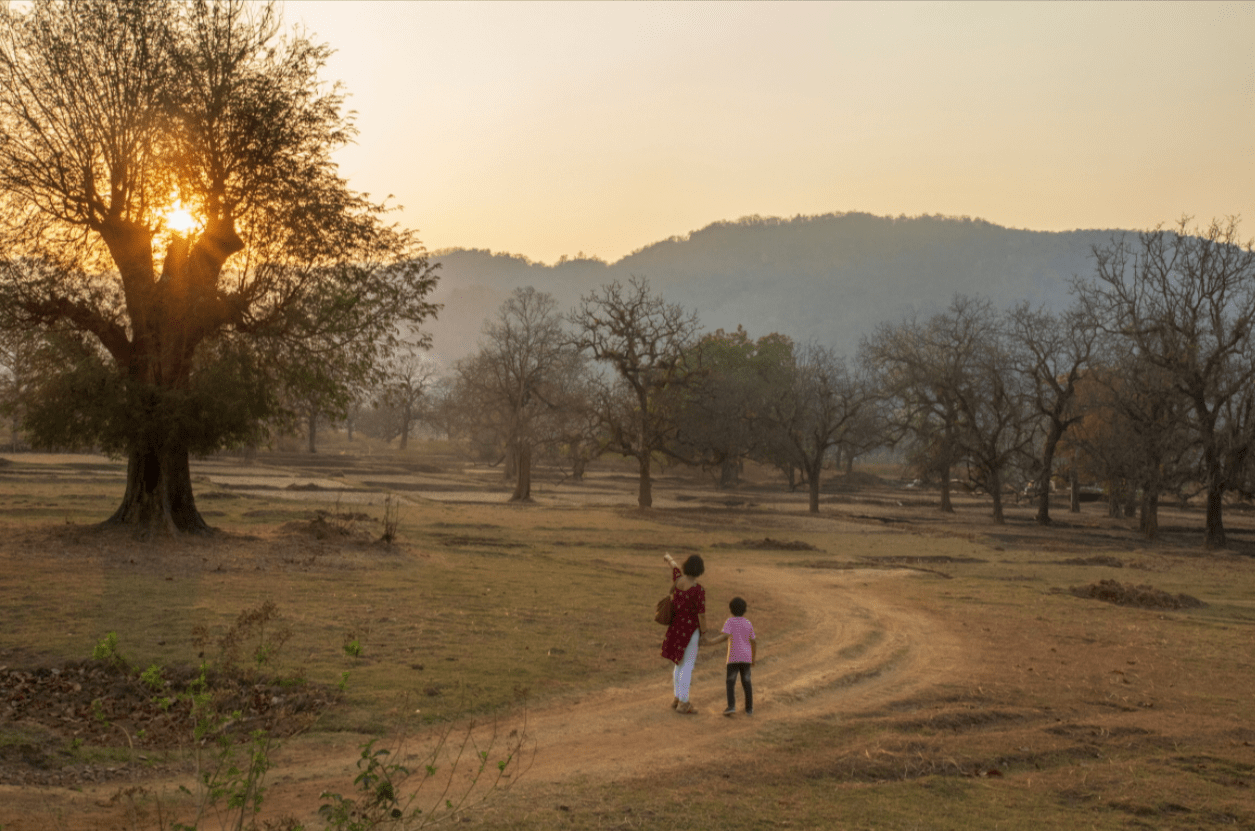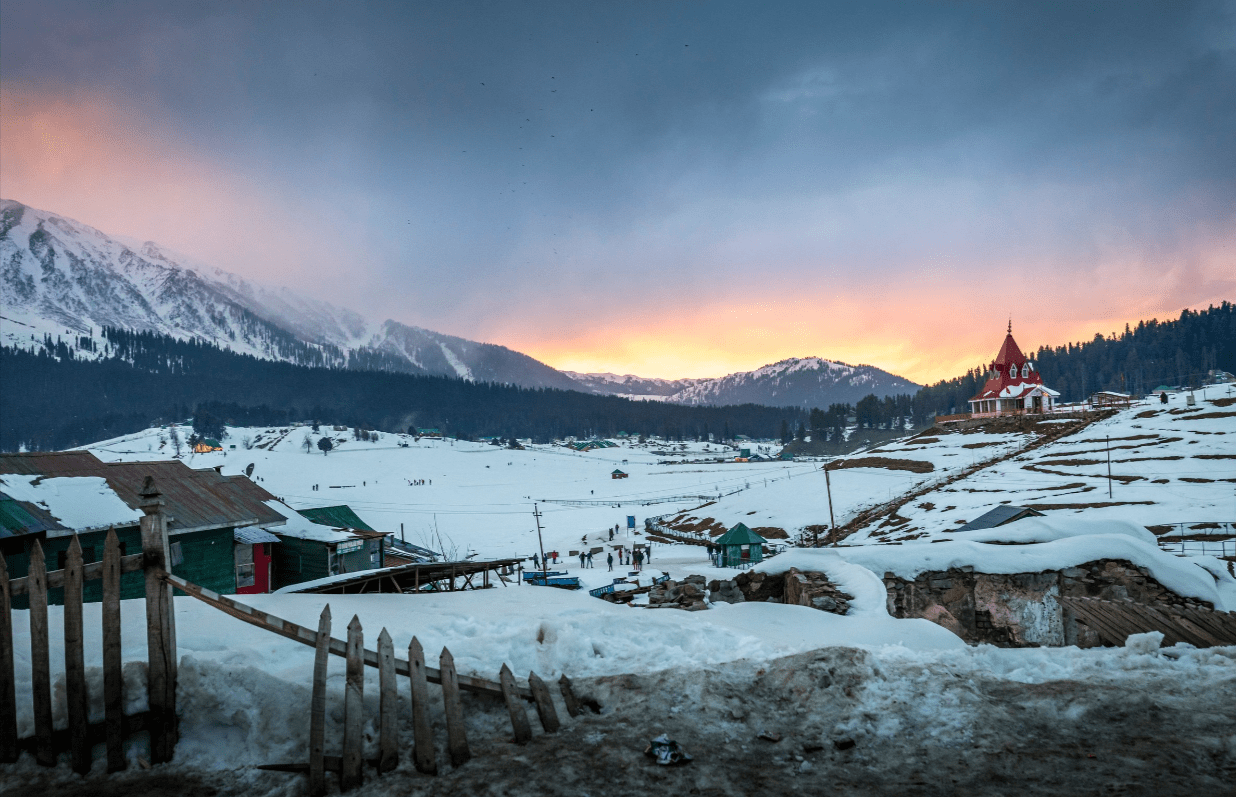Diwali, also known as Deepavali, is one of the most significant festivals in Hinduism, Jainism, and Sikhism. It is a five-day festival that celebrates the victory of light over darkness, good over evil, and knowledge over ignorance. The festival is marked by the lighting of oil lamps, candles, and fireworks, symbolizing the triumph of light over darkness. Diwali is a time for families to come together, exchange gifts, and share delicious meals. It is also a time for cleaning and decorating homes, as well as wearing new clothes.
During Diwali, people also perform puja (prayers) to Lakshmi, the goddess of wealth and prosperity. It is believed that she visits homes that are clean and well-lit, bringing blessings and good fortune. In addition to Lakshmi puja, people also worship Lord Ganesha, the remover of obstacles, and seek his blessings for a prosperous year ahead. The festival is also a time for giving to those in need, with many people donating to charity and helping the less fortunate. Overall, Diwali is a joyous and vibrant festival that brings people together in celebration and reflection.
Diwali is celebrated in various ways across different regions of India and around the world. In some parts of India, people create intricate rangoli designs on the floors of their homes using colored powders, rice, or flower petals. In other regions, people decorate their homes with colorful lanterns and lights. The festival is also a time for indulging in delicious sweets and savory snacks, such as laddoos, jalebis, and samosas. In addition to the traditional customs, many people also exchange gifts and cards with their loved ones, adding to the festive spirit of Diwali. Overall, Diwali is a time for joy, togetherness, and the celebration of light and goodness.
Key Takeaways
- Diwali is a Hindu festival celebrated with lights, fireworks, and sweets to symbolize the victory of light over darkness and good over evil.
- Holi is a Hindu festival known for its vibrant colors, water fights, and festive atmosphere, celebrating the arrival of spring and the end of winter.
- Eid is a Muslim festival that marks the end of Ramadan, the Islamic holy month of fasting, with prayers, feasts, and the giving of gifts to the less fortunate.
- Durga Puja is a Hindu festival dedicated to the worship of the goddess Durga, featuring elaborate rituals, cultural performances, and colorful processions.
- Navratri is a Hindu festival celebrated with nine nights of dance, music, and fasting in honor of the goddess Durga, symbolizing the triumph of good over evil.
Holi: The Festival of Colors
Holi is a vibrant and colorful festival celebrated primarily in India and Nepal. It is known as the “festival of colors” or the “festival of love” and marks the arrival of spring. The festival is celebrated with great enthusiasm and energy, with people throwing colored powders and water at each other in a playful and joyous manner. Holi is a time for letting go of inhibitions and embracing the spirit of fun and frolic.
The festival has its roots in Hindu mythology and is associated with various legends, including the story of Prahlad and Holika, as well as the playful antics of Lord Krishna. One of the most popular customs of Holi is the Holika Dahan, where bonfires are lit to symbolize the victory of good over evil. The next day, known as Rangwali Holi, is when people come together to play with colors and celebrate the arrival of spring. Holi is also a time for enjoying traditional music and dance, as well as indulging in festive foods and drinks.
In addition to the playful aspect of Holi, the festival also holds cultural and religious significance. It is a time for forgiveness and reconciliation, with people coming together to mend broken relationships and start anew. Holi is also a time for sharing love and joy with family and friends, as well as reaching out to those in need. The festival transcends social barriers and brings people from all walks of life together in a spirit of unity and celebration.
Eid: Celebrating the End of Ramadan
Eid al-Fitr, also known as the “Festival of Breaking the Fast,” is an important religious holiday celebrated by Muslims worldwide. It marks the end of Ramadan, the holy month of fasting, prayer, and reflection. Eid al-Fitr is a time for Muslims to come together in prayer, gratitude, and celebration. The festival begins with a special prayer service at the mosque, followed by a sermon and supplications for peace, prosperity, and blessings for all.
One of the key customs of Eid al-Fitr is the giving of Zakat al-Fitr, a form of charity given to those in need before the Eid prayer. This act of charity ensures that everyone can partake in the festivities and enjoy a special meal on this joyous occasion. Another important aspect of Eid al-Fitr is the sharing of delicious meals with family and friends. Special dishes are prepared for the occasion, such as biryani, kebabs, sweets like sheer khurma, and other traditional delicacies.
Eid al-Fitr is also a time for exchanging gifts and visiting relatives and friends. It is customary for people to dress in their finest clothes and adorn their homes with decorations to mark the festive occasion. Children often receive Eidi, which are gifts or money given by elders as a token of love and blessings. Overall, Eid al-Fitr is a time for expressing gratitude, spreading joy, and strengthening bonds within the community.
Durga Puja: Honoring the Goddess Durga
| Year | Location | Duration | Number of Pandals |
|---|---|---|---|
| 2020 | Kolkata | 5 days | 3500 |
| 2019 | Dhaka | 10 days | 2500 |
| 2018 | Guwahati | 7 days | 1800 |
Durga Puja is one of the most important festivals in Hinduism, particularly in the eastern states of India such as West Bengal, Assam, Bihar, and Odisha. The festival celebrates the victory of goddess Durga over the buffalo demon Mahishasura. Durga Puja is a time for elaborate rituals, colorful processions, cultural performances, and grand celebrations.
The festival spans over nine days, during which intricate pandals (temporary structures) are erected to house beautifully crafted idols of goddess Durga along with her four children – Lakshmi, Saraswati, Kartikeya, and Ganesha. These idols are worshipped with great devotion and fervor by millions of devotees who visit the pandals to seek blessings from the goddess. The last day of Durga Puja, known as Vijayadashami or Dussehra, marks the immersion of the idols in rivers or water bodies with grand processions accompanied by music and dance.
Durga Puja is not only a religious festival but also a cultural extravaganza that showcases traditional music, dance, art, and cuisine. It is a time for wearing new clothes, indulging in delicious food from street vendors and food stalls at the pandals, as well as enjoying various cultural performances such as dance dramas (known as “Durga Puja Natok”) and musical concerts. The festival brings communities together in celebration and fosters a sense of unity and camaraderie among people from all walks of life.
Navratri: Nine Nights of Dance and Devotion
Navratri is a Hindu festival that spans nine nights and is dedicated to the worship of the goddess Durga in her various forms. The festival is celebrated with great fervor across India through colorful rituals, music, dance, fasting, and prayer. Navratri is observed twice a year – once in the spring (Chaitra Navratri) and once in the autumn (Sharad Navratri). The latter is more widely celebrated with grand festivities.
During Navratri, devotees observe fasts and perform puja (prayers) to seek blessings from the goddess Durga. Each day of Navratri is dedicated to one of Durga’s nine forms – Shailaputri, Brahmacharini, Chandraghanta, Kushmanda, Skandamata, Katyayani, Kalaratri, Mahagauri, and Siddhidatri. The festival culminates with Dussehra or Vijayadashami when effigies of demon king Ravana are burnt to symbolize the victory of good over evil.
One of the most popular customs during Navratri is Garba and Dandiya Raas – traditional folk dances that are performed in large groups with colorful attire and energetic music. These dances are not only a form of worship but also a means of socializing and celebrating with friends and family. Navratri also brings communities together through various cultural events such as music concerts, food fairs showcasing traditional cuisine from different regions of India, as well as art exhibitions featuring traditional crafts and textiles.
Ganesh Chaturthi: Honoring the Elephant-Headed God

Ganesh Chaturthi is a Hindu festival that celebrates the birth of Lord Ganesha – the elephant-headed god who is revered as the remover of obstacles and the god of wisdom and prosperity. The festival is celebrated with great enthusiasm across India but is particularly popular in Maharashtra where it is observed with grandeur and fervor. Ganesh Chaturthi typically lasts for 10 days with elaborate rituals and festivities.
The festival begins with the installation of clay idols of Lord Ganesha in homes or public pandals (temporary structures). These idols are worshipped with offerings such as flowers, sweets (modak), coconut, incense sticks, and lamps. Devotees perform daily puja (prayers) to seek blessings from Lord Ganesha for wisdom, success, and prosperity. On the final day of the festival (Anant Chaturdashi), processions are held to immerse the idols in rivers or seas with great pomp and show.
Ganesh Chaturthi also serves as a platform for promoting cultural arts such as music, dance, drama, and poetry. Various cultural events are organized during the festival including music concerts featuring traditional instruments like tabla and sitar, dance performances showcasing classical Indian dance forms like Bharatanatyam and Kathak, as well as street plays depicting moral stories from Hindu mythology. The festival fosters a sense of community spirit by bringing people together through various social activities such as community feasts (prasad), charity drives for those in need (seva), as well as environmental initiatives promoting eco-friendly celebrations.
Baisakhi: Harvest Festival in Punjab
Baisakhi is an important harvest festival celebrated primarily in Punjab but also observed by Sikhs across India and around the world. The festival holds both religious significance as well as cultural importance for Punjabi people. Baisakhi marks the beginning of the Sikh New Year as well as commemorates the formation of Khalsa Panth by Guru Gobind Singh in 1699.
The festival begins with prayers at gurdwaras (Sikh temples) followed by processions known as Nagar Kirtan where holy scriptures are carried through the streets accompanied by devotional singing (kirtan) and martial arts displays (gatka). Baisakhi is also a time for farmers to express gratitude for a bountiful harvest by performing folk dances such as Bhangra and Gidda which are characterized by energetic movements accompanied by traditional music played on dhol (drum) and flute.
In addition to religious rituals and cultural performances, Baisakhi is also a time for social gatherings where people come together to enjoy traditional Punjabi cuisine such as sarson da saag (mustard greens) with makki di roti (corn bread), dal makhani (lentil curry), paneer tikka (grilled cottage cheese), along with sweet treats like jalebi (syrup-soaked dessert) and gajar ka halwa (carrot pudding). The festival fosters a sense of community spirit by bringing people together through various social activities such as community feasts (langar), charity drives for those in need (seva), as well as environmental initiatives promoting sustainable farming practices.
Baisakhi is a time for people to come together and celebrate their culture and community. Along with religious and cultural activities, the festival also includes social gatherings where traditional Punjabi cuisine is enjoyed, such as sarson da saag with makki di roti, dal makhani, paneer tikka, jalebi, and gajar ka halwa. These gatherings foster a sense of community spirit through activities like community feasts, charity drives, and environmental initiatives promoting sustainable farming practices.
FAQs
What are some popular Indian festivals?
Some popular Indian festivals include Diwali, Holi, Eid, Christmas, Durga Puja, Navratri, and Ganesh Chaturthi.
What is Diwali?
Diwali, also known as the Festival of Lights, is a major Hindu festival celebrated to mark the victory of good over evil and light over darkness. It usually falls between mid-October and mid-November.
What is Holi?
Holi is a Hindu festival known as the “Festival of Colors” and is celebrated with the throwing of colored powders and water. It marks the arrival of spring and the end of winter.
What is Eid?
Eid is a significant Islamic festival that marks the end of Ramadan, the Islamic holy month of fasting. It is celebrated with prayers, feasting, and giving of gifts.
What is Christmas in India like?
Christmas is celebrated by Christians in India with church services, carol singing, and the exchange of gifts. It is also a public holiday and is celebrated with festive decorations and lights.
What is Durga Puja?
Durga Puja is a major Hindu festival dedicated to the worship of the goddess Durga. It is celebrated with elaborate decorations, cultural performances, and the immersion of Durga idols in water.
What is Navratri?
Navratri is a Hindu festival dedicated to the worship of the goddess Durga and is celebrated with nine nights of dancing, music, and fasting.
What is Ganesh Chaturthi?
Ganesh Chaturthi is a Hindu festival celebrating the birth of the elephant-headed god, Ganesha. It is marked with the installation of Ganesha idols in homes and public pandals, followed by processions and immersion of the idols in water.


